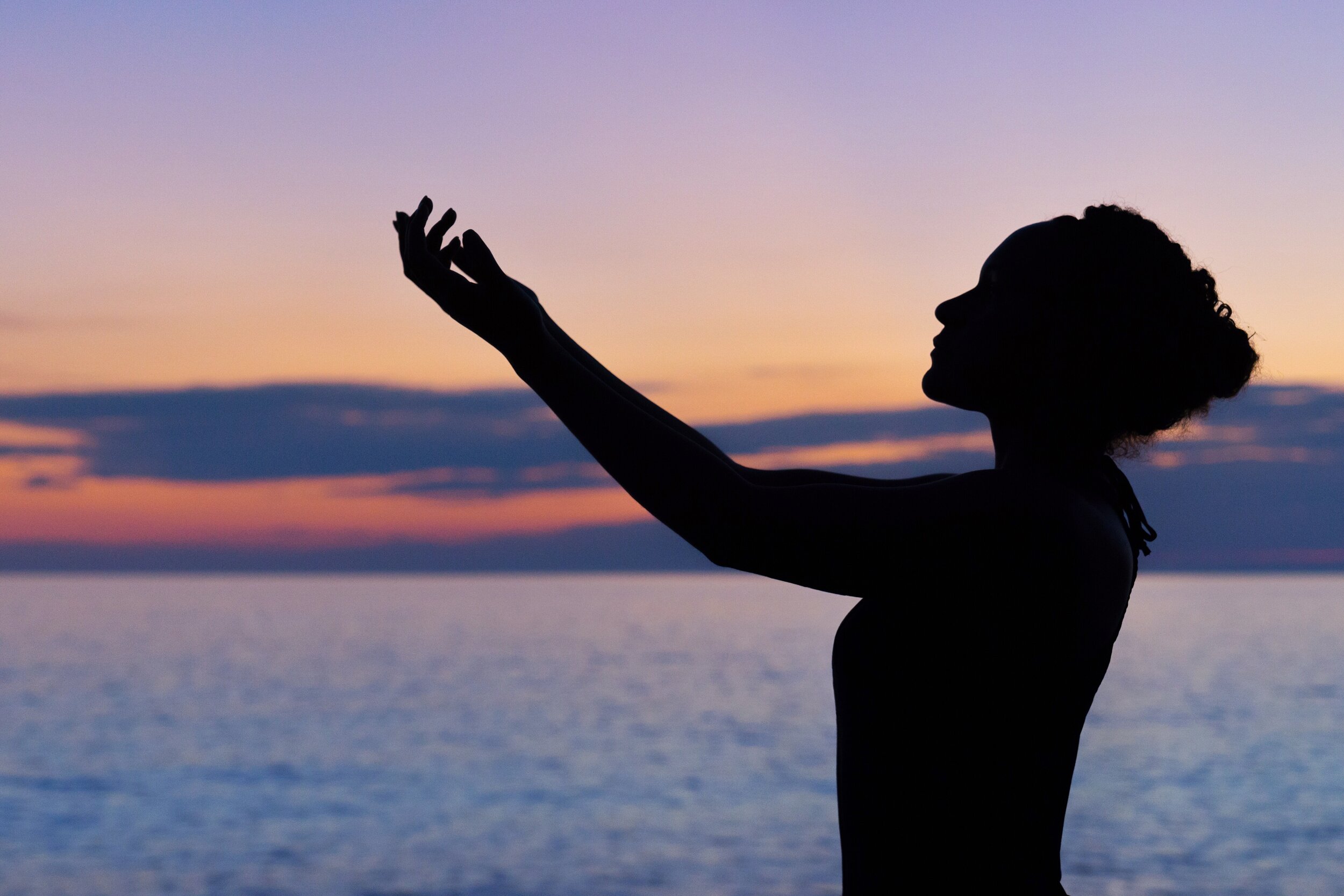Mindfulness-Based Stress Reduction (MBSR)
Mindfulness. Simply put, it’s the act of staying present and being intentional with our attention. The goal is to switch from a state of constantly doing to simply being. When we consistently allow ourselves to get lost in our endless thoughts and operate on autopilot, we fail to recognize, acknowledge, or tolerate our emotions. All of which fosters a great deal of stress and anxiety.
“Learning how to suspend all your doing and shift over to a being mode, how to make time for yourself, how to slow down and nurture calmness and self-acceptance in yourself, learning to observe what your mind is up to from moment to moment, how to watch your thoughts and how to let go of them without getting caught up in and driven by them, how to make room for new ways of seeing old problems and for perceiving the interconnectedness of things- these are some of the lessons of mindfulness” - Jon Kabat-Zinn
Mindfulness is an evidence-based practice that helps combat stress, increase self-awareness, reduce symptoms related to physical pain, and much more. Those who practice mindfulness regularly do not become as easily overwhelmed with everyday challenges and operate from a place of greater inner peace and clarity. Though we cannot do much to control the world around us, we can do things to change how we respond.
When we become mindful, we can fully participate in what we are doing, practice being non-judgmental, and practice being kind and compassionate toward ourselves and others.
There are several mindfulness meditation practices that can help us achieve this state of being. Three particularly effective exercises include the body scan, the sitting meditation, and Hatha yoga. Each practice offers unique benefits.
The body scan helps with developing both concentration and flexibility of attention simultaneously by teaching how to direct attention and move it throughout the body. The skills practiced in the exercise will then transfer to real-life experiences, as they cultivate the ability to direct attention accordingly during times of anxiety and stress, preventing racing thoughts that ultimately spiral into even more anxiety. The body scan is also a great way to identify and release points of stored physical tension in the body.
The sitting meditation helps train the mind to be less reactive and develop patience. This exercise is particularly useful with self-observation, as it includes bringing the attention to the breath and simply observing how it enters and leaves our body, staying present. Simultaneously we practice simply observing and bringing our attention back to the breath as the mind naturally wanders.
Hatha yoga helps with relieving physical tension and learning how to listen and be in your body. Hatha yoga is a gentle exercise that can be performed sitting, standing, or lying down. It consists of very slow stretching, strengthening, and balancing movements with moment-to-moment awareness of the breath and any sensations that arise with each movement. When we connect with our body, we can better understand what it needs from us and thus better respond.
For more information, check out the book, Full Catastrophe Living by Jon Kabat-Zinn, based on Mindfulness-Based Stress Reduction (MBSR). It serves as a wonderful self-help guide to begin practicing mindfulness.
There are also many mobile applications that provide more information on the benefits of mindfulness as well as guided meditations to help you get started with your practice.


